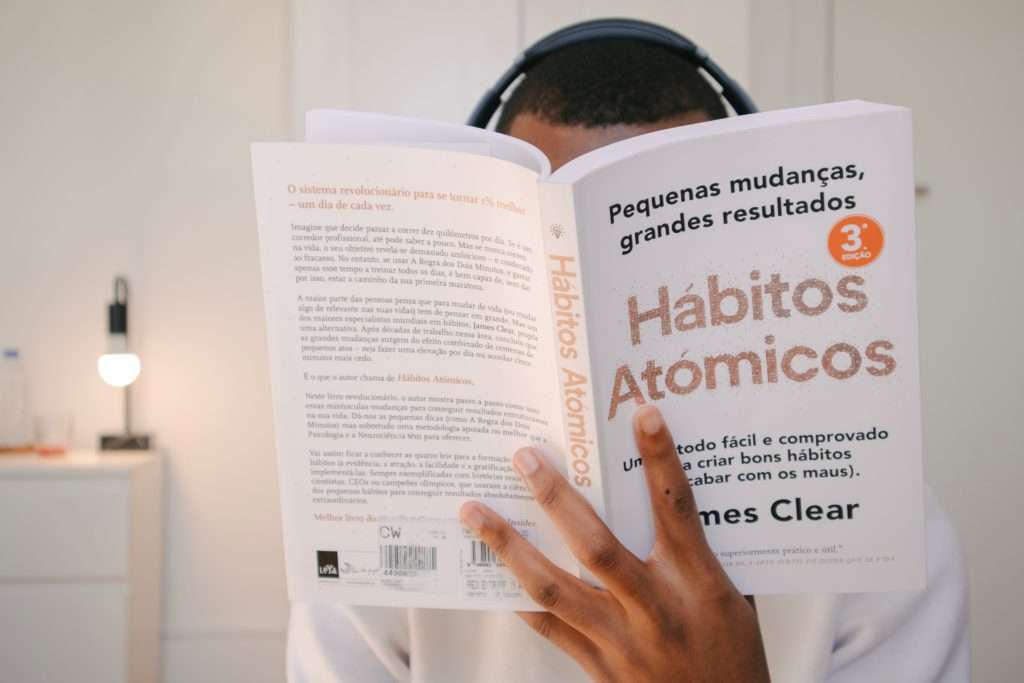Wheter we are talking about a good skin care routine, taking medicine against hairloss, doing make-up, or just as simple as brushing our teeth. Becoming more attractive involves cultivating good, lasting habits that contribute to overall well-being and radiance.
Habits are automatic, often subconscious, behaviors that are regularly repeated in response to specific cues or triggers. They are routines and actions that become ingrained over time through repetition, creating a learned and automatic response to certain situations. Habits can manifest in various aspects of life, including daily routines, thought patterns, and decision-making processes.
During the covid pandemic I stumbled upon a book form James Clear, called Atomic Habits. It was a book that
If your interested in reading this book than here is the link.
1. How do good and bad habits form?
Habits, whether good or bad, form through a process known as the habit loop, which consists of three main components: cue, routine, and reward. Understanding this loop can shed light on how habits are developed.
1. Cue: A cue is the trigger or stimulus that initiates the habit loop. It can be an environmental factor, an emotional state, a specific time of day, or any other signal that prompts the brain to engage in a particular behavior. For example, feeling stressed (cue) might trigger the habit of stress-eating.
2. Routine: The routine is the behavior or action that follows the cue. This is the habitual part of the loop—the action that has become automatic over time. In the stress-eating example, the routine would be reaching for a snack when feeling stressed.
3. Reward: The reward is the positive outcome or satisfaction gained from completing the routine. It reinforces the habit loop by associating the behavior with a sense of pleasure or relief. In the stress-eating example, the reward might be the temporary comfort or distraction from stress that comes from eating.
2. What is marginal gains theory?
The Marginal Gains Theory, also known as the “aggregation of marginal gains” or “the 1% rule,” is a concept that involves making small, incremental improvements in various aspects of a process to achieve a significant overall enhancement in performance. This theory gained prominence in the world of sports, particularly in cycling, and was popularized by Sir Dave Brailsford, the performance director of British Cycling.
The fundamental idea is that by focusing on improving numerous small details, each contributing a marginal gain, the cumulative effect can lead to a substantial overall improvement. This approach acknowledges that significant progress can be achieved through the optimization of various factors, even if each individual improvement is relatively minor.
In the context of cycling, Brailsford and his team applied the Marginal Gains Theory by examining every aspect of a cyclist’s performance and making small, targeted improvements. This included factors like bike design, nutrition, training methods, and even the quality of the athletes’ sleep. The cumulative effect of these marginal gains played a pivotal role in the success of British cyclists in events like the Tour de France.
The Marginal Gains Theory has since been adopted and adapted in various fields, including business, personal development, and education, as a mindset for continuous improvement. It underscores the idea that consistent attention to small details and continuous refinement can lead to remarkable progress over time.
3. How to use marginal gains as your glow-up stragety?
In order to use the marginal gains stragety it is important to identfy just like Coach Brailsford and his British Cycleing team all the factors that could lead to an improvement. However unlike Coach Brailsford you are not looking for an improvment of athetlical performance but in an imporvement of attractviness. This means that unlike other people who tend to focus on conventional and self evident approaces to improve their attractivenss, you anaylyse all the micro factors in your life and try to figure out if they either have a negative effect or a possive effect on your attractivness.
What we discovered is that when it comes to the marignal gains theory a good point to start is in fact your health.
4. What are some examples of marginal gains theory?
To help you here some of our examples of how to use the
Switch from cotton bed sheets to silk bed sheets
Cotton has a tendency to pull and tug on delicate hair and skin, leading to issues such as bed head and sleep wrinkles. In contrast, silk, being a protein-based fiber, possesses natural moisturizing properties.
I first learned this trick from my flight attendant friends – and I can now confirm it works amazingly well! I’ve saved thousands of dollars by simply following this one travel hack.
What are some of your own best traveling hacks? Share them with us below!

